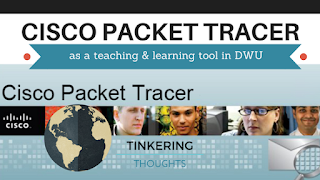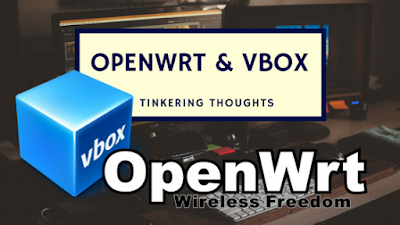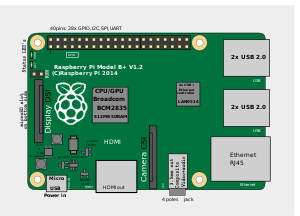The following is a sermon I prepared to share with the United Church Madang Congregation on Sunday 27th August, 2017.
Sermon:
“Restoration: When does it begin?”
By
Picky Airi
Bible
Reading:
·
OT Ruth 1:1-22
·
NT Titus 3:4-7
What
is restoration?
(Merriam-Webster dictionary): an act
of restoring or the condition of being restored: such as: a bringing back to a former position or
condition.
Restoration is
required only when something has left its former position/condition and has
gone into a state where it was not supposed to be (and this could be due to
several factors).
Let us look at the story of Ruth in Ruth
1:1-22
Setting
of story
(Ruth 1:1) It is
interesting to note that the story about Ruth happened at a time when the
Judges ruled. There was no king in Israel; everyone did what was right in his
own eyes. (Jud 21:25) It could be interpreted from this verse in the light of
the Book of Judges which describes a morally corrupt period, that the writer of
Ruth is painting a dark backdrop against which Ruth’s model character and
actions will shine even more brightly. Or that the grace of God still abounds
his people despite all their wicked actions and that he is calling for us to
re-assess our own lives.














